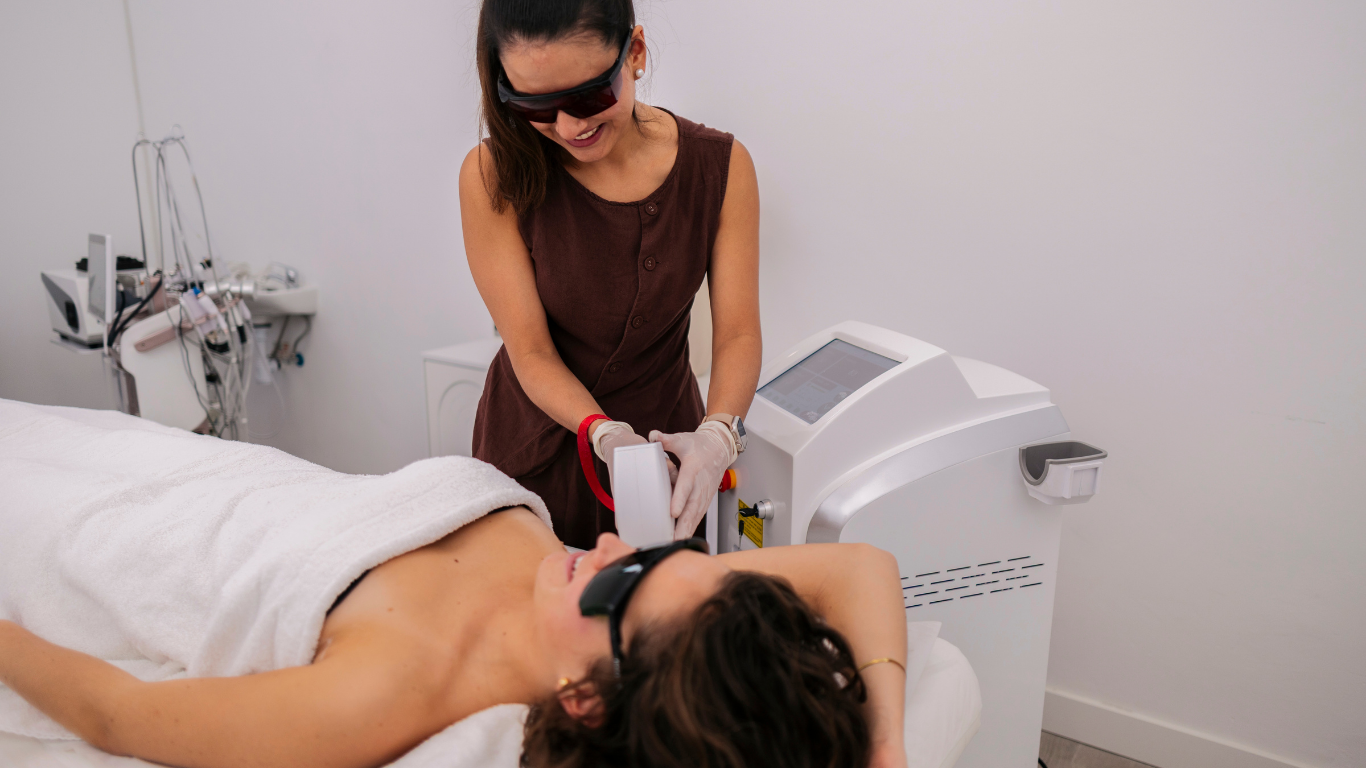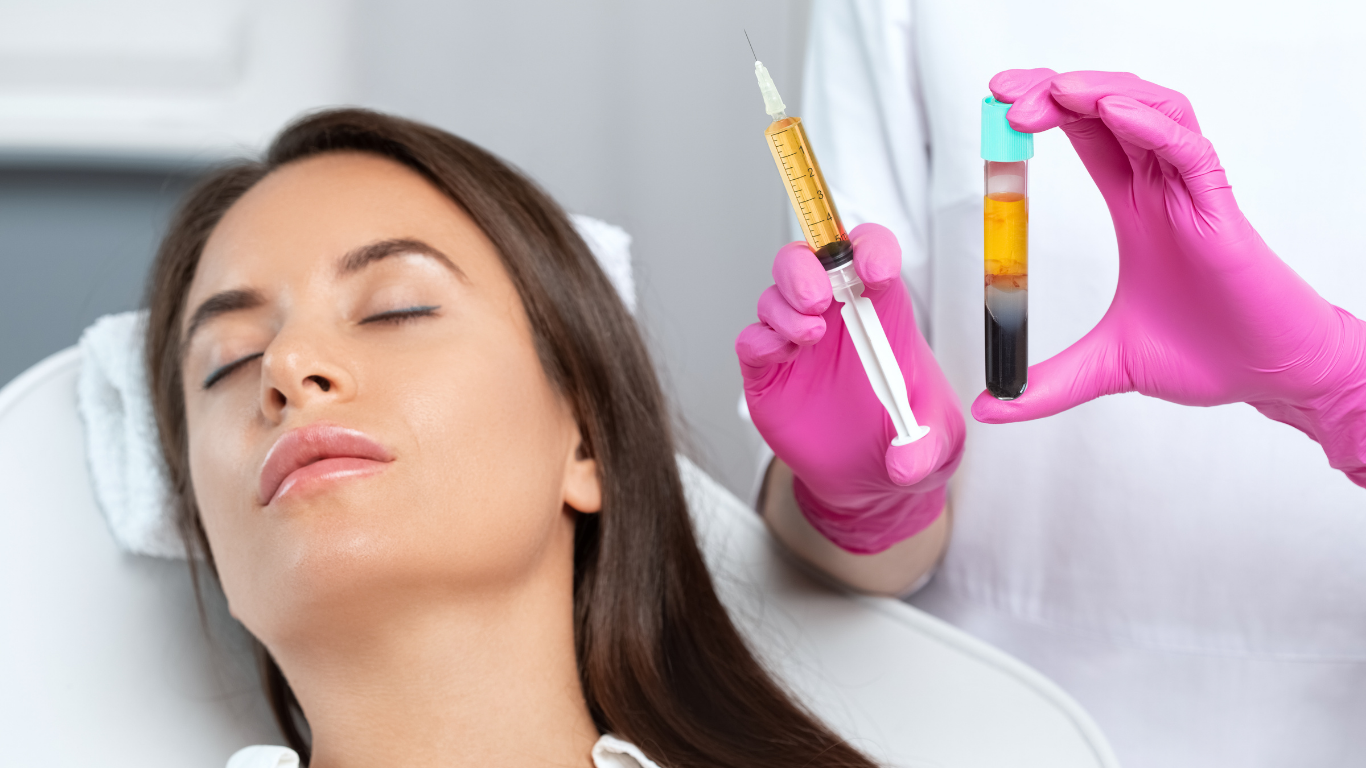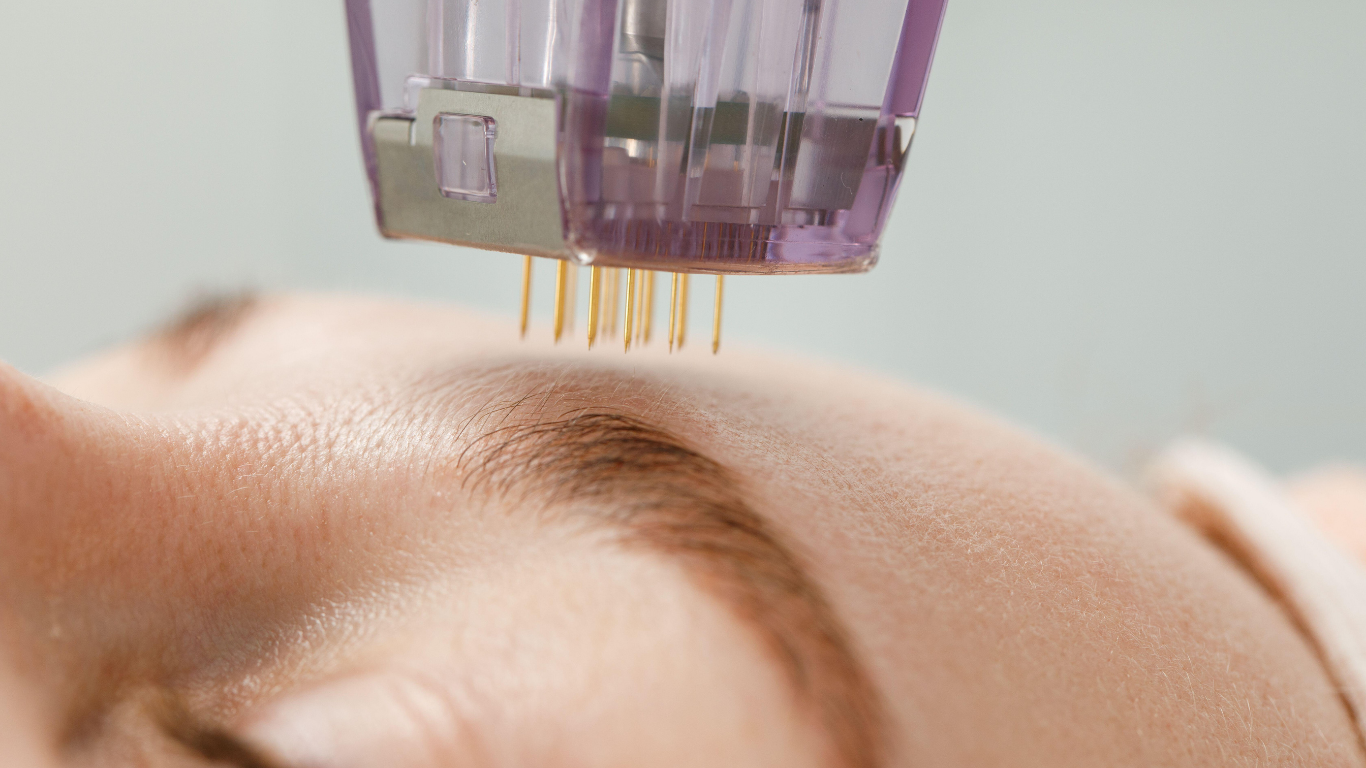Do I Need Botox for Forehead Wrinkles?
As time passes, many of us notice the emergence of fine lines and wrinkles on our foreheads, often a natural consequence of facial expressions and the aging process. In the quest for a smoother and more youthful appearance, Botox for forehead wrinkles has become a widely sought-after solution. In this article, we will explore what Botox is, whether you’re a good candidate for the treatment and the process.
What is Botox?
Botox, short for Botulinum toxin, is a neurotoxic protein. While it is a potent toxin, it has found numerous medical and cosmetic applications when used in highly diluted and controlled forms. In medicine and cosmetics, Botox is primarily used for its ability to temporarily relax and weaken muscle activity.
Can Botox Help With Forehead Wrinkles?
Botox (Botulinum toxin) can be an effective treatment for forehead wrinkles. Forehead wrinkles typically result from repetitive muscle movements, such as raising your eyebrows or frowning. Botox works by temporarily paralyzing or relaxing the muscles responsible for these movements, which can smooth out the wrinkles and prevent them from becoming more pronounced.
Here's how the process generally works:
Consultation: You should consult with our medspa team to determine if Botox is a suitable treatment for your forehead wrinkles. They will assess your specific concerns and discuss the potential benefits and risks.- Treatment: If Botox is deemed appropriate, the procedure involves a series of small injections of Botox directly into the muscles of the forehead. This is typically a quick and relatively painless process.
- Results: Botox takes a few days to start working, and the full effects may become noticeable within one to two weeks. It temporarily reduces muscle activity in the treated area, which leads to smoother skin and fewer visible wrinkles.
- Duration: The effects of Botox typically last around three to four months. After this period, the muscle activity gradually returns, and you may need maintenance injections to sustain the results.
It's important to note that Botox is a temporary solution, and the results are not permanent. Additionally, individual responses to Botox can vary, so the duration of its effectiveness may vary from person to person.
Is It Safe To Use Botox for Forehead Wrinkles?
Botox is generally considered safe when administered by a qualified and experienced professional. However, like any medical procedure, there are potential risks and side effects associated with its use. It's crucial to understand both the benefits and potential risks before deciding to use Botox for forehead wrinkles. Here are some important points to consider:
Side Effects: While Botox is generally safe, some common side effects may include temporary redness, swelling, bruising, or tenderness at the injection site. These usually resolve within a few days to a week.- Rare Complications: Rarely, complications can occur, such as eyelid drooping, uneven results, or an unintended change in facial expression. These complications are often temporary and can be corrected by an experienced provider.
- Allergic Reactions: Although extremely rare, some individuals may be allergic to Botox. It's important to inform your healthcare provider of any allergies or sensitivities you may have.
- Temporary Results: Botox provides temporary results, typically lasting around three to four months. You may require repeat injections to maintain the desired effect.
- Informed Consent: You will have the opportunity to ask questions and provide informed consent.
- Follow-Up: After receiving Botox injections, it's essential to follow our post-treatment instructions to minimize the risk of complications and achieve the best results.
- Natural Look: Botox is most effective when used conservatively to provide a natural-looking result. Overuse or excessive doses can lead to a "frozen" or unnatural appearance.
Do you think that you would be a candidate for Botox for your forehead wrinkles? We encourage you to schedule a consultation and learn more about this effective treatment option.




